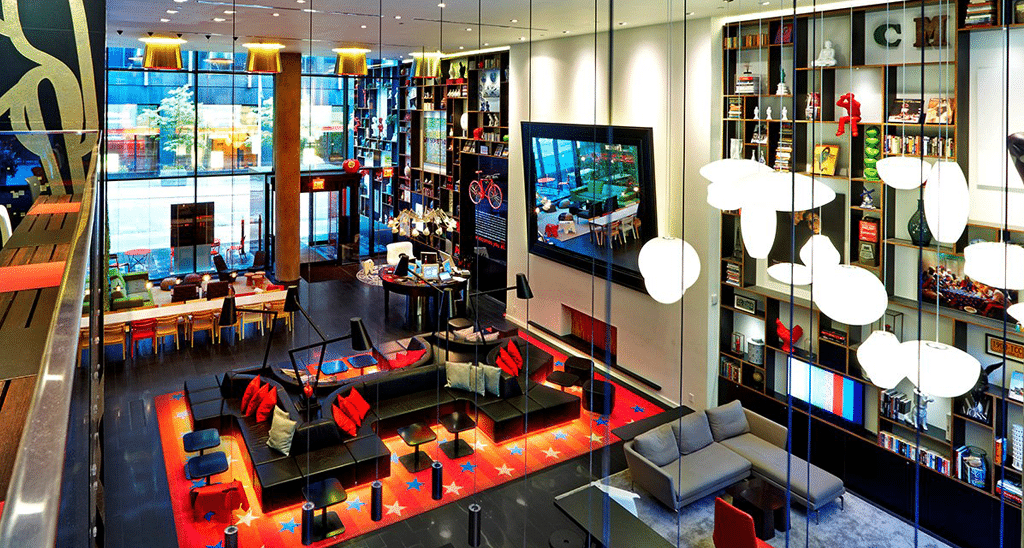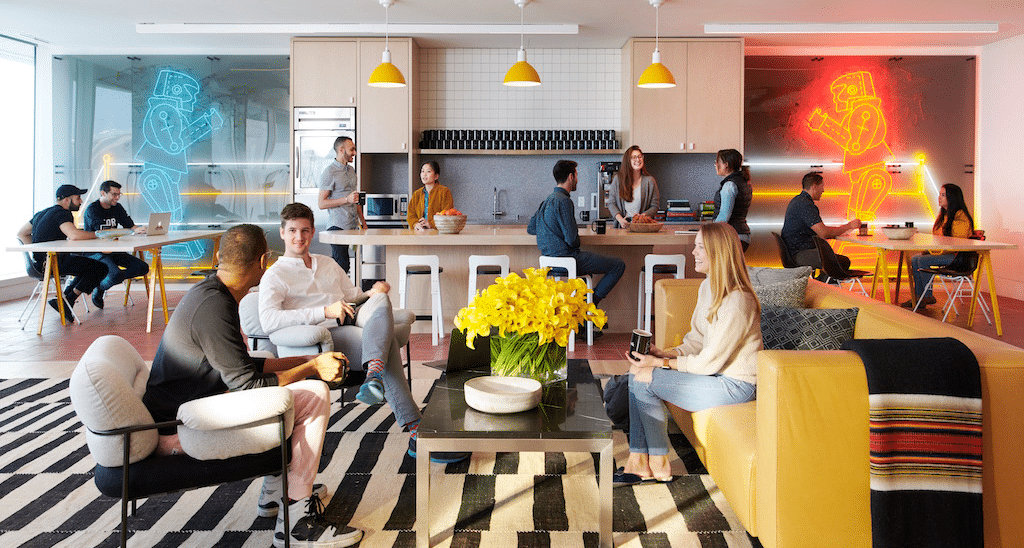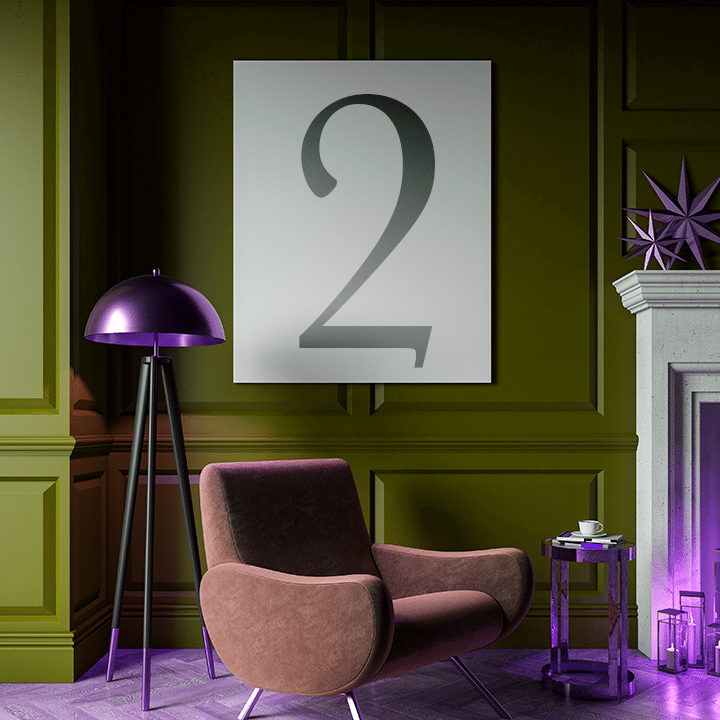How to harness trends in the hospitality industry without damaging your brand
Part 2
Continuing in our series of articles from our visit to the Independent Hotel Show 2019.
In our second part we look at how to stay current without loosing sight of your brand and what it stands for.
It can be easy to become mesmerised and react to what competitors may be doing. However recognising that staying true to your brand purpose and being selective with which trends you jump on, will make much more impact to your business in the long run, than trying to implement all of them and then seeing no results.
Brand Purpose
Figuring out what your brand purpose is all about asking a few fundamental questions.
1. What problem are you trying to solve?
2. How does this benefit your guests?
3. Why should they care?
This goes far deeper than a generic mission and vision statement; it’s the root of your existence. Why are you in business apart from making a profit?
Simon Sinek gives a great breakdown here.
Knowing the deeper ‘why’ your company or brand exists provides the foundation on which to build everything else — your ‘how’ (organisational culture, brand experience) and your ‘what’ (what products or services you offer).
‘Design Through the Decade’ was one of the show’s panel discussion with Space Magazine on the trends in the hotel industry.
Here are the top trends mentioned at the Independent Hotel Show and examples of brands who have used a trend to reinforce their brand.
Technology
Assessing a hotel through their website or the advertisements is not something that is seen as an authentic representation of the hotel experience by potential guests. The photography may be enhanced through image editing software and a perfect picture may be painted through snappy copywriting.
Social media however, is seen as much more honest, with its real life reviews of experiences and photography ‘evidence’ of this.
Instagram, for example is seen as a more genuine way of seeing recommendations on where to visit. Here you can capitalise on not just using your own posts but reposting guests images (with their permission). Posts that do particularly well are ones that inspire potential guests if they are aspirational.
It may seem like a no brainer to be on this trend, however if it is not suited to your brand purpose it may be more effective to stay clear of social media altogether.
For example if you have high profile guests who highly value their privacy, they may be pleased to learn that you are not on social media. This would be linked directly to your brand value of privacy and discretion, which is in turn linked to a deeper brand purpose of ‘making guests feel at ease’. They need not worry of finding images of themselves at your hotel online and can rest assure during their stay.
Alternatively posting guest free image of interior environments and exterior ‘places to visit’ would also suit this brand purpose.
Technology can also be used to enhance the service you provide. Which again can be linked directly to your purpose.
Citizen M is hotel type that used technology to activate the lobby space and allows hoteliers and customers to get more functionality from one space.

In their own words, “Far from being a beige hotel lobby where holiday vibes go to die, our living room spaces are designed to be your home away from home – or for some, a place where work and play combine.”
Spaces need to work harder to serve modern needs and so hoteliers and designers are thinking about how many experiences they can get into one space.
Another tech trend mentioned was the use of WhatsApp. Some hotels are using the app to provide a personalised and convenient experience for guests who are added to a group with the concierge for services.
This trend would be ideal for most of the hospitality industry, especially boutique hotels that provide more of a personalised service than most. It would fit in with brand purposes such as ‘making guests feel cared for’, or ‘giving guests back the luxury of time’.
Remember brand purpose is the why you exist in the first place, the problem you solve, the ‘why’, not just the ‘what’ and ‘how’ which come after.
The residential look
Another trend we see materialising is that the more formal hotels are moving towards a residential look.
This ‘feel’ and experience is driven by guests who look for even more comfort, in a home away from home, whilst also being treated like a guest.
It was the emergence of Airbnb, that offered a more personalised experience, that has influenced the interiors of the hotel industry, and now boutique hotels are moving towards looking more like homes.
The brand purpose here would be that of comfort.
Eco-friendly design
As climate change takes more devastating effects every hotel owner is thinking about how they can do their part in saving the environment.
Design changes can be difficult and become more long-term projects for established hotels, but small and manageable changes can also make a big impact.
An example of simple improvements that can be made in the design of any hotel is naming light switches.
It was found that lights were left on all night because guests couldn’t find the correct light switch to turn them off, hence consuming a lot more energy.
Creating universal communication through the use of icons not only bypasses languages, but also helps conserve energy.
For new hotels in the planning stage, putting the environmental impact at the core of the business is easier to build around so they are built to last.
This was based on the idea is of holistic beauty where it is beyond aesthetics. It’s finding the beauty in paring down and stripping back the design to what is truly essential.
An example was using tiles that are not being glazed so that they can be recycled and create a circular economy.
Hotels that are created with the environment in mind is a huge growth industry and certainly have a clear brand purpose of saving the planet as their reason for ‘why they exist’.
Thoughtful styling items
It seems design thinking has infiltrated interior design too.
Interiors are always decorated with styling items, like a cushion with an accent colour or carefully placed ‘prop’ books on a shelf.
This has now moved to selecting more intentionally and thoughtful items that guests can use or interact with, like books on the local area. An example is looking at the Hard Rock Café and how they use guitars.
The idea treats the guests with respect and also keeps them engaged on a more personal level, so that they spend more time in the space.
Again harnessing this trend would be great if it strengthens your brand purpose. This trend is based around unique experiences through interactive and engaging spatial experiences. A purpose this would serve is creating something memorable, useful and efficient for your guest.
Colour
There has been a shift in hotels being less stuffy and more vibrant. Muted tones of greys and black is a more mature look and younger people look for more vibrant colourful environments.
CitizenM is a prime example of this. It’s the ‘WeWork young, tech-startup’ look in hotel format.
Putting aside WeWork’s aggressive business growth strategy, which has put it in the headlines recently. WeWork has become a much more known brand than Regus, a 21 year prior established competitor.
WeWork’s rise to popularity was a mix of a great business idea to serve the rising tide of startup culture. But their branding was also at the heart of their recognition.

Their brand purpose was to create a home and community for young millennial entrepreneurs, articulated below,
“…there was an entrepreneurial spirit that was being underserved. We knew there were creators all around the world who needed a place to call home.
We wanted to build a community. A place you join as an individual, ‘me’, but where you become part of a greater ‘we’.”
The interior spatial design and use of colour, served the community culture they were trying to create, from their purpose. It made them memorable, and the brand that was on everyone’s lips and memory. Regus who?
In conclusion
There may be trends that are physical, sustainable, about human connection and emotional experiences but, a running theme is that they have to be relevant to making guests feel comfortable. The more someone can feel at home the more likely they will to be more loyal to your brand.
Remember trends are the ‘what’, they are the outward facing touch point for the guest. Below this is a layer of ‘how’ and deepest of all, at the core we have the ‘why’; the purpose.
If you need help figuring out your ‘WHY’ through brand strategy get in touch with us.
What we learned from our visit to The Independent Hotel Show 2019. Following...
Here's the first in a series of articles from our visit to the...
“If you change the way you look at things, the things you look...



